The heroic runners murdered by the Nazis
Fifty Olympians from 12 different countries died in Nazi concentration camps, including at Auschwitz.
Last weekend, I had the honour of visiting the Auschwitz-Birkenau concentration camp, where more than a million people were murdered in history’s most horrific genocide.
It is every bit as poignant, upsetting and mind-blowing as you might expect.
As well as the roughly one million Jews who were persecuted and killed by the Nazi regime, thousands of Poles, Soviet prisoners of war, Roma, criminals, Jehovah’s Witnesses, and homosexuals were among those gassed, shot, or left to die due to malnutrition, illness or exhaustion.
The camp is now a place of remembrance, and a warning to the world. Those who run it urge visitors to tell its story.
The official Auschwitz website says: “There is no way to understand postwar Europe and the world without an in-depth confrontation between our idea of mankind and the remains of Auschwitz.”
This is, obviously, a running newsletter, so today I’m going to tell a small part of the story of the Holocaust and Auschwitz by looking at a tiny selection of the 50 Olympians from 12 different countries who died in Nazi concentration camps, including Auschwitz-Birkenau.
Jozef Noji: The champion runner shot by the Nazis

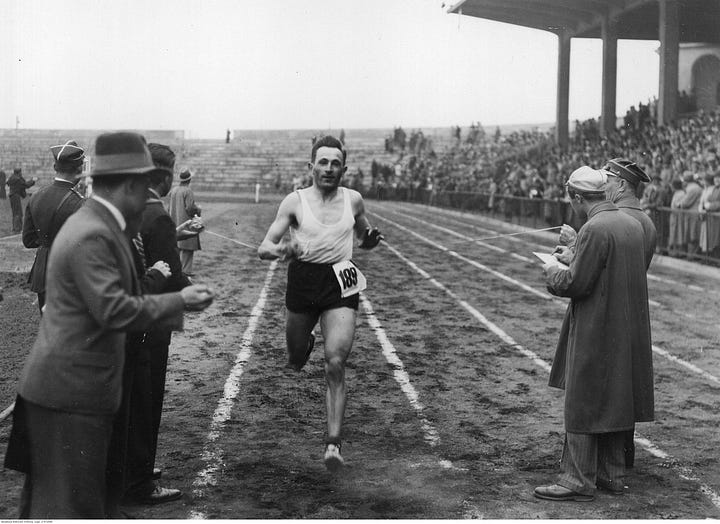
Polish long-distance runner, Jozef Noji, captured his country’s 5,000m title five years in a row between 1935 and 1939.
One of the top runners in the world, he finished fifth at the same distance in the 1936 Olympics in Berlin, just four seconds outside the medals.
The Germans marched into Poland just 12 days after Noji’s last race, and by late 1939/early 1940, he had joined the resistance movement in Poland - a move which led to him being arrested in September 1940.
He was initially imprisoned in Warsaw’s notorious Pawiak prison, where some 37,000 people were executed or tortured to death. After a year there, Noji was transferred to Auschwitz, where he was killed for allegedly trying to smuggle a letter.
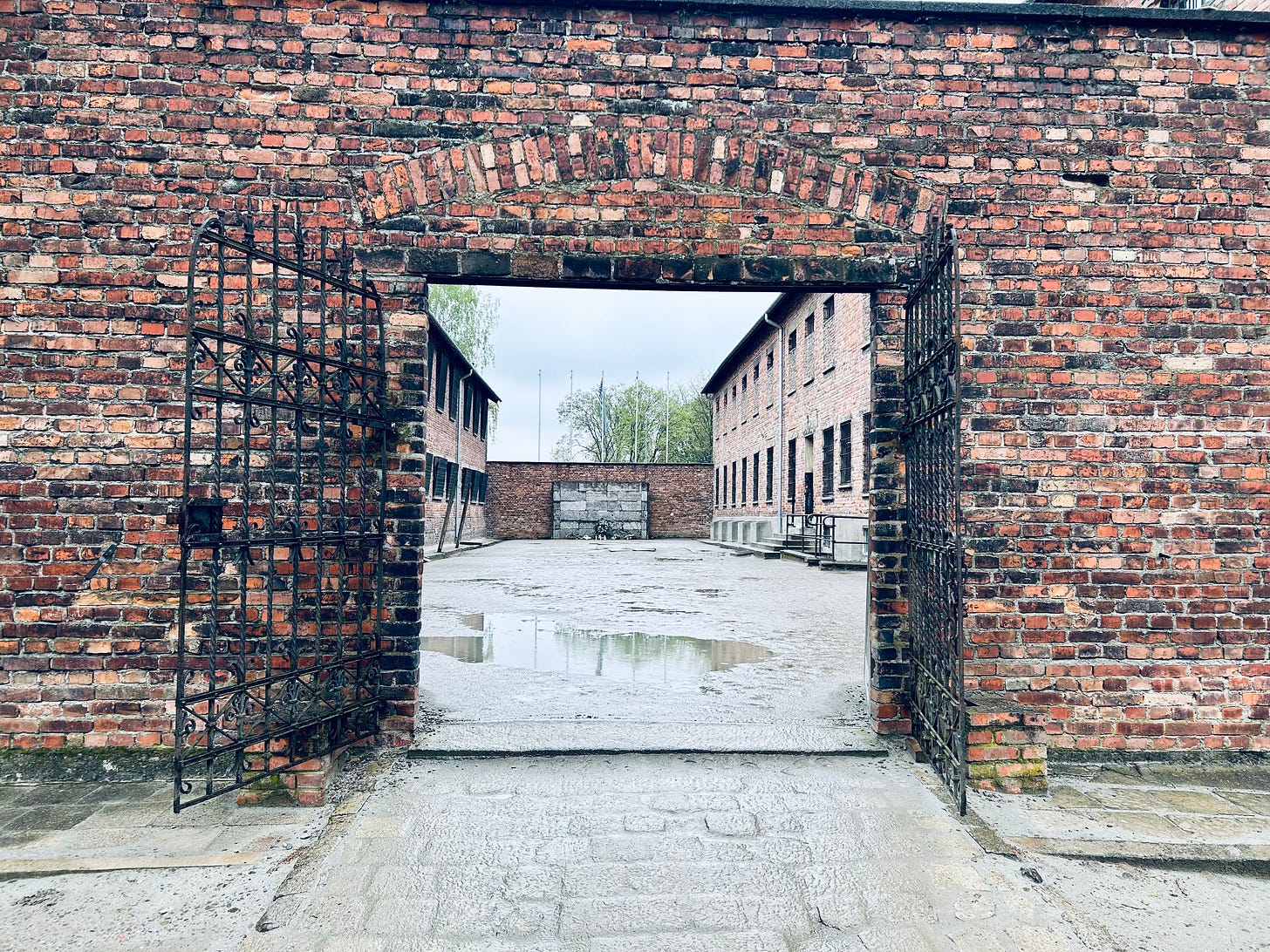
He was shot by the execution wall at the yard of Block 11 in Auschwitz I on February 15, 1943.
The runner has been posthumously awarded the Cross of Valor, while his memory is preserved in both the name of an athletics stadium in Nojiego Cross, the Polish village of his birth, and of a street in Auschwitz, called Nojego.
Want to help Running Tales keep bringing you this newsletter? Please consider leaving us a tip on the Buy Me A Coffee website. Thanks.
Lily Henoch: The world record holder who just wanted ‘to jump and run’
In 1926, Lilly Henoch, who was born in East Prussia and represented Germany in a host of track and field events, took part in a 4x100 metres relay event in Cologne.
Running the first leg in 50.4 seconds, she set her team on course to break a world record that had stood for almost four years, smashing it by a full second.
Henoch had also captured a silver medal at the 100 metres in the German national championships in 1924, but although she was undoubtedly a talented runner it was in the discus, long jump and shot put where she really excelled.
She set world records at discus in 1922 and 1923, and in the shot put in 1925. In between, in 1924, Henoch won the German long jump championship.
She was denied Olympic success as women’s events were only added to its athletics programme in 1928, but that wrong pales in comparison to the one inflicted on her by her own countrymen.
In 1942, the Nazi government deported Henoch, along with her brother and 66-year-old mother, to the Riga Ghetto in Latvia.
She was shot dead in a mass execution by an Einsatzgruppe, one of the paramilitary death squads employed by Adolf Hitler and his regime.
Henoch was inducted into the International Jewish Sports Hall of Fame in 1990, while the Jewish Virtual Library said she had been someone who held little interest in politics, adding: “Lilli Henoch simply wished to jump and run.”
‘Just another small cruelty of an evil regime’
Sometimes it’s the small things.
In what was the parade ground at Auschwitz I, there is a shelter where the Nazi guard taking roll-call each morning would stand if it was cold, wet or otherwise inclement.
The prisoners on parade would be left outside to face whatever the weather would throw at them. This was done, seemingly, without thought, without care. Just another small cruelty of an evil regime.
And next to the horror of the gas chambers, the tiny, cramped and inhumane sleeping quarters, the stories of hard labour, of beatings from guards, or of typhoid and malnutrition claiming life after life, it does indeed seem small.
But for me it is symptomatic of the systematic hell that defines this camp - something so utterly selfish and cruel.

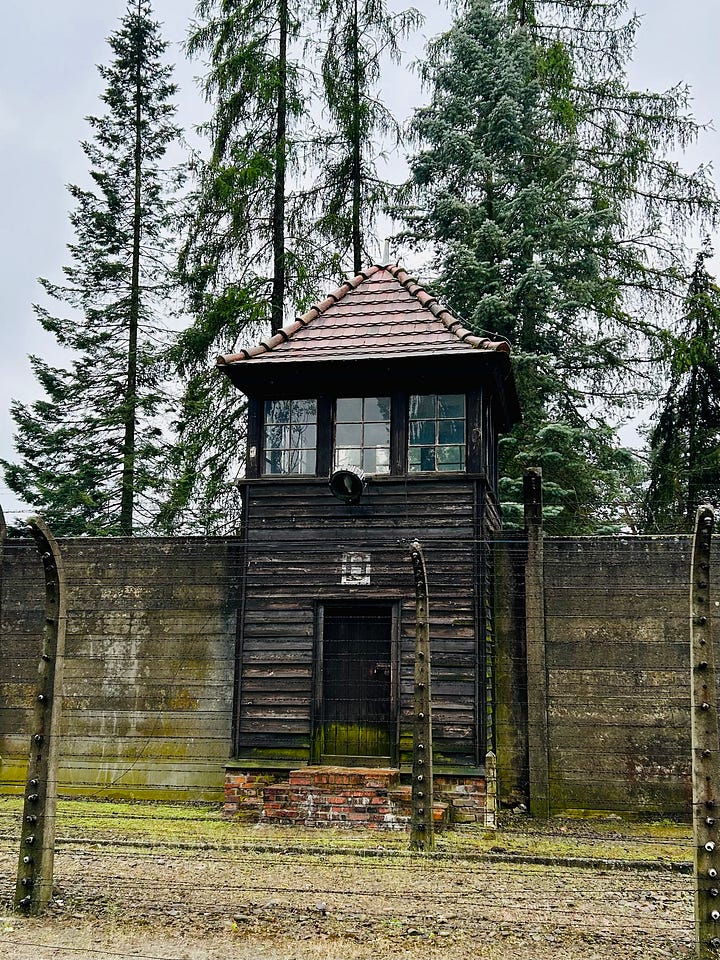
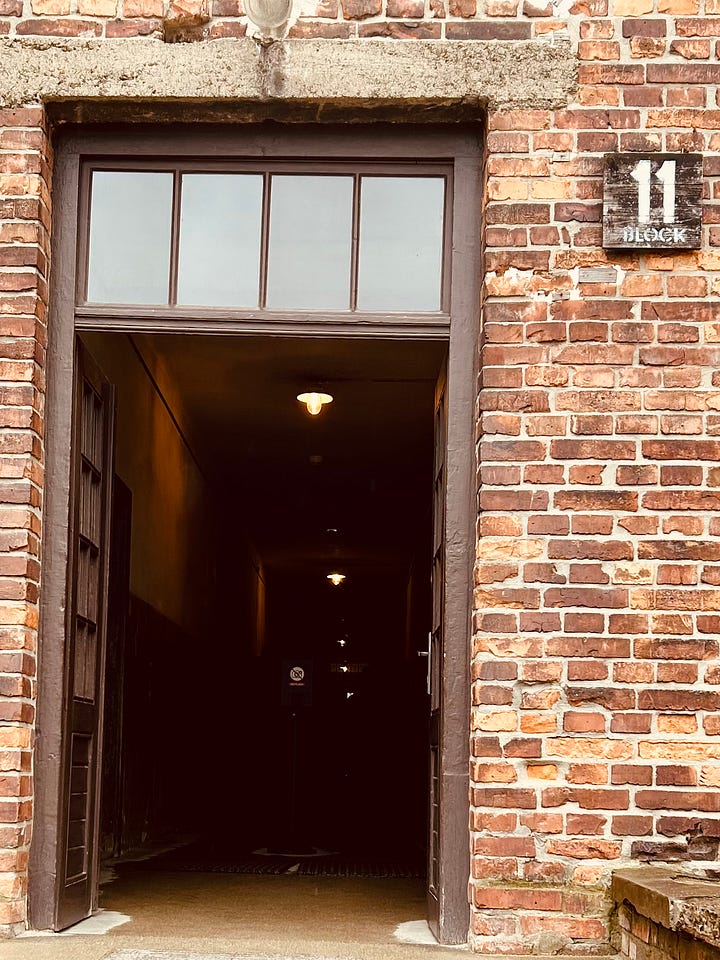

Next to this hut is a reconstructed gallows where 12 heroes who tried to help others escape the camp were executed. The horrific next to the seemingly benign.
A museum was created at Auschwitz-Birkenau as early as 1947, with the first guides being survivors of the camp.
There must have been a huge temptation to bulldoze the whole thing, to wipe such evil from the face of the planet. But those guides wanted to use the camp as a reminder of the Holocaust, so people could not pretend - as the Nazi’s had hoped - that it had not happened.
They hoped to inspire people to be better, to shun cruelty in all its forms.
They hoped to inspire people to make sure everyone has shelter from whatever the world throws at them.
Oskar Heks: The hero who stood up to Hitler’s Olympic dreams


Oskar Heks shunned Hitler’s showpiece 1936 Olympics, refusing to take part. As a Jewish athlete, he even worked to arrange an alternative multi-sport event - the People’s Olympiad - in Barcelona as a protest against the Nazi Party.
That planned event fell foul of the Spanish Civil War and was never held.
Heks, meanwhile, who had been one of the best Czechoslovakian distance runners through the 1930s and finished eighth in the marathon at the 1932 Olympics, was among thousands of people rounded up by the Germans following the occupation of Czechoslovakia.
He was deported to the Terezín concentration camp, and in 1942 transported to Auschwitz.
Heks was gassed in 1944, his message that ‘Nazi Berlin was no place for the Olympics’ shown to be tragically prescient.
Also on Running Tales:

Janusz Kusocinski: The Olympic champion and resistance fighter
Polish great, Janusz Kusocinski, won gold in the 10,000m at the 1932 Los Angeles Olympic Games.
By 1940, he had been executed for his role in the Polish resistance.
Kusocinski’s Olympic victory came in a time of 30:11:40 as he outsprinted Finnish legend, Volmari Iso-Hollo.
He volunteered for the Polish army after his country was attacked by the Germans, and was wounded twice. During the occupation, he worked as a waiter and became a resistance member.
In March 1940, he was arrested by the Gestapo and just months later was murdered as part of a mass execution at Palmiry, near Warsaw.
An annual athletics competition called the Kusociński Memorial is held in Poland in his honour, and he was posthumously awarded the Commander's Cross with Star of the Order of Polonia Restituta, "for outstanding contribution to the independence of the Polish Republic, for sporting achievements in the field of athletics".
Please check out some of the other inspirational running tales on this newsletter and subscribe to make sure you never miss another article.
Christopher McDougall: Born to Run author on everything from barefoot running and the B-52’s to life as a war correspondent
This content is for paid subscribers, but don’t worry it costs just £5 per month to sign-up and gain access to all our content. Click below to subscribe or upgrade. His 2009 bestseller, Born to Run, is the most popular book ever written about…
The Hardest Geezer: Meeting the ‘hardest gals and geezers’ who run across continents
Sometimes you DNF a race, sometimes you complete it slower than you meant to. And SOMETIMES it’s the same with newsletter articles - sorry, we’re late this week, the paid job was busy! To help concentrate my mind and make sure I get things done on time, please consider becoming a paid subscriber.
Generation Z: The parkrunners searching for alphabet gold
Running Tales: After all is said and run is a reader-supported publication. To receive new posts and support my work, consider becoming a free or paid subscriber.

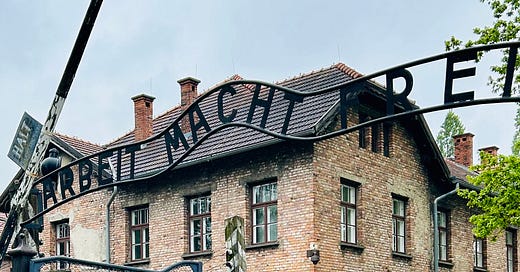



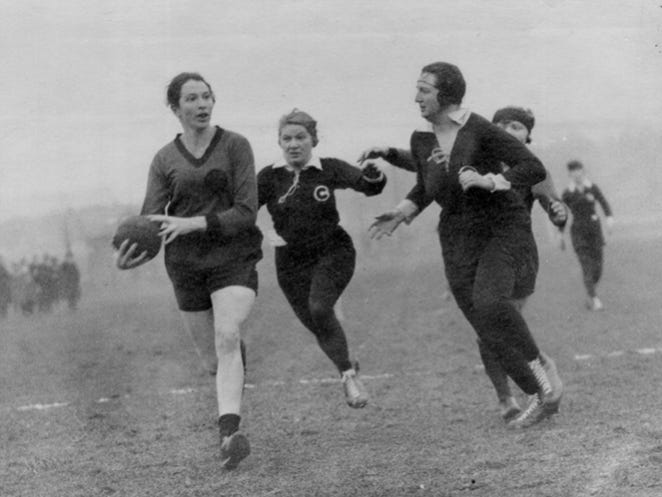





This is incredible work and should be required reading for all runners. Thank you Craig for doing all this fantastic research and honoring these people with your great piece.
Thanks for the stories!! I will always remember visiting the concentration camp at Theresienstadt - that was one of the most moving experiences you can have. It is such an important and right decision not to raze the buildings to the ground, so that everyone can be reminded of the cruel crimes that happened there.